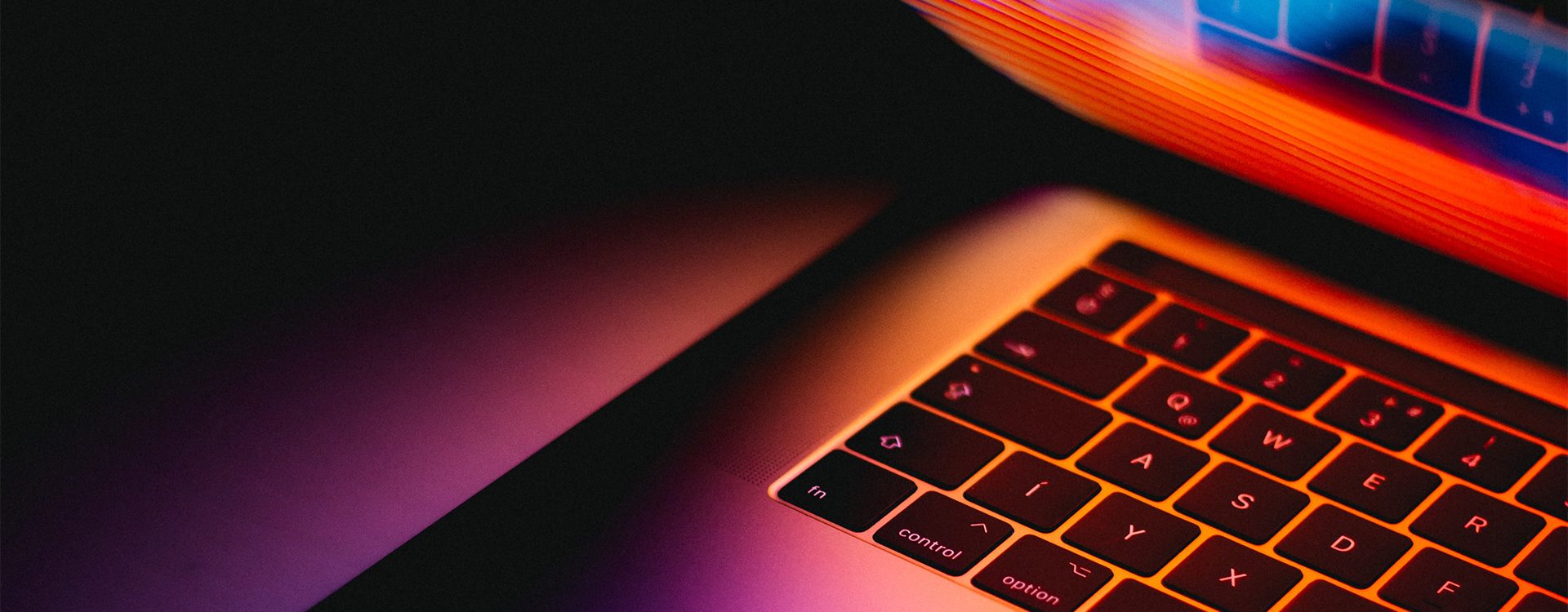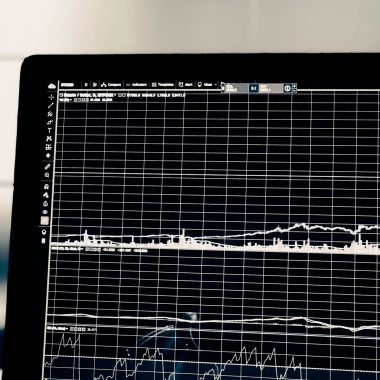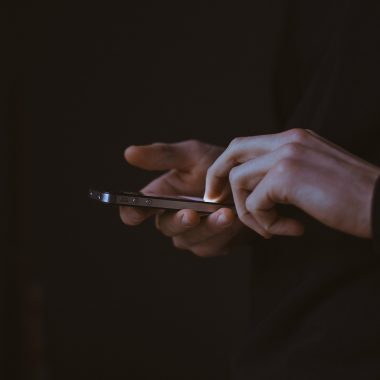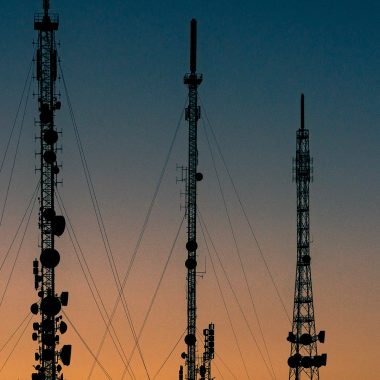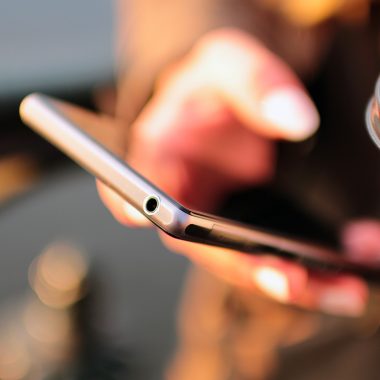Last Sunday, March 14, Prime Minister Jean Castex appeared on journalist Samuel Etienne’s Twitch channel to answer questions from Internet users. The week before, it was the former president of the Republic, François Hollande. It may soon be Marine Le Pen’s turn. On YouTube, a month ago, McFly and Carlito produced a video at the request of Emmanuel Macron to encourage French citizens to respect social distancing measures. The President promised to invite the duo to the Elysée Palace if the video got 10 million views ౼ the YouTubers succeeded in just over 24 hours. Political leaders’ interest in social networks is nothing new: in 2017, Emmanuel Macron and Marine Le Pen were already campaigning on Snapchat, in December 2020 the president announced on his TikTok account that he was positive for Covid-19…
But today two factors accelerate this process.
The pandemic definitely boosted social networks ౼ in particular Twitch, TikTok, YouTube and the recent launch of ClubHouse. Lockdowns and the drastic decline of face-to-face social interactions exponentially fueled video and audio formats as well.
The second factor is the upcoming French presidential election. Political strategists clearly understand the new place that social networks now occupy: while they may not replace traditional media, these networks certainly rival them in terms of legitimacy and sometimes surpass them when it comes to audience. This audience has a generational dimension: 65% of social network users are under 35 years old in 2020. 33% of this same age group abstained during the second round of the presidential elections in 2017, which is the highest proportion of all age groups. A key political challenge is to convince abstentionists, meaning that this audience is clearly a priority target, hence the growing interest in communicating via social networks.
But politicians’ use of these tools is sometimes debated by users. Each platform has its own community, history and usage.
Twitch was born in 2007, created by four ambitious young American 25 year olds (Justin Kan, Kyle Vogt, Emmet Shear and Michael Seibel), on the streaming platform Justin.tv. It later became an exclusive platform for streaming video games in 2011. In 2014, Amazon bought Twitch for $970 million (€810 million). The social network now has 17.5 million unique visitors per day worldwide and 1 million unique visitors per day in France.
Although Twitch is still used today to broadcast massive videos in real time or delayed video games, the network has become more professional, with official broadcasts of live eSports competitions, such as League of Legends or Rocket League.new types of content have also emerged: broadcasting of music Live Streams, which were quickly limited because of copyright issues, or simple discussions that allow popular broadcasters to create strong relationships with their subscribers. This is what Squeezie, the leading French YouTuber, with 15.7 million subscribers, does, using Twitch as a complement. The YouTube Gaming videographers have set up a simple system: broadcast for several hours on Twitch, then make edited content, summarizing the best moments of the live session, accessible on YouTube.
We are also witnessing the growing presence of Live Streams on political and social debates, often taking the codes of television and adapting them. This is the case of Samuel Etienne’s show. He explains: “This generation was born with the interactivity of social networks. They find it difficult to receive one-sided information in a passive way, as when watching a newscast.”
The latter was originally a “traditional” journalist, featured on a French news channel every morning and on France 3 for “Questions pour un champion”. He launched his Twitch channel in December 2020 and reached 366,000 subscribers by presenting a news review every morning in #LaMatinéeEstTienne, which aims to make the news accessible to a young audience. With his format #LaRencontreEstTienne, the journalist plans to meet with the representatives of each of the major political parties. Episodes with François Hollande and Jean Castex, respectively, had peaks of 84,000 and 85,000 views, which is quite remarkable for such a recent meeting.
The day after Jean Castex’s appearance, excerpts were broadcast in the morning news, in which columnists pointed out that the format was not so different from a classic television interview or even a press conference. On TF1, they called the interview “a bit awkward”, Libération puts it in the “flop” category, and presents the Prime Minister as “vintage.” On Radio France, they also said that “promises remained ineffective”.
On social networks, the feelings expressed following this interview were also mixed: while many positively anticipated the Prime Minister’s appearance, the comments after the interview were clearly negative, marked by disappointment and criticism.
On Twitch, Prime Minister Jean Castex wanted to give a different image from the usual press conferences: without a tie, he announced from the beginning that he was addressing an audience unaccustomed to official speeches and declared himself ready to answer any direct question. The reality was that during his interview with Samuel Etienne and with Internet users, he didn’t stray far from his typical way of speaking , he sounded very institutional, except for a brief moment when he weighed in on the previous night’s rugby match between England and France XV. The questions were limited because on Twitch the chat feature is limited to the channel’s regular followers (to participate in discussions, you have to be registered on the platform for at least two months, then each channel sets its own rules. In order to participate in Samuel Etienne’s show, viewers need 3,500 “channel points,” (10 points earned every 5 minutes). This system significantly limited the number of r Internet users who were able to ask the Prime Minister a question. This situation also fueled negative reactions from Twitch regulars who have always been reluctant to have politicians on the platform. This is confirmed by Twitch’s first political streamer, Jean Massiet: “Part of the Twitch community has a negative view of the arrival of big media and big politicians. There is sometimes a feeling of bitterness when we see a very specific platform, historically linked to video games, very community-oriented, very benevolent, a bit polluted by content, by personalities we already know, that we see elsewhere and that we don’t particularly want to see on Twitch.”
Like all social networks, Twitch has become more mainstream since politicians started streaming. While this new turn is inevitable for the platform, it is no less risky for newcomers. If politicians want to create a sustainable presence, they must have detailed knowledge of the issues specific to each social network as well as the wider mobilization of activists familiar with the platform. An interview in Le Figaro, Le Monde or Le JDD may sound similar, but an appearance on Twitch, YouTube, Instagram, TikTok or ClubHouse, needs to use a new kind of language. While remaining true to who they are, without distorting their words or their personality, it is now up to politicians to learn these new languages and to work on them, to practice them, if they do not want their words to fall upon deaf ears.
By Paul Marie Dabezies, senior consultant at Antidox

